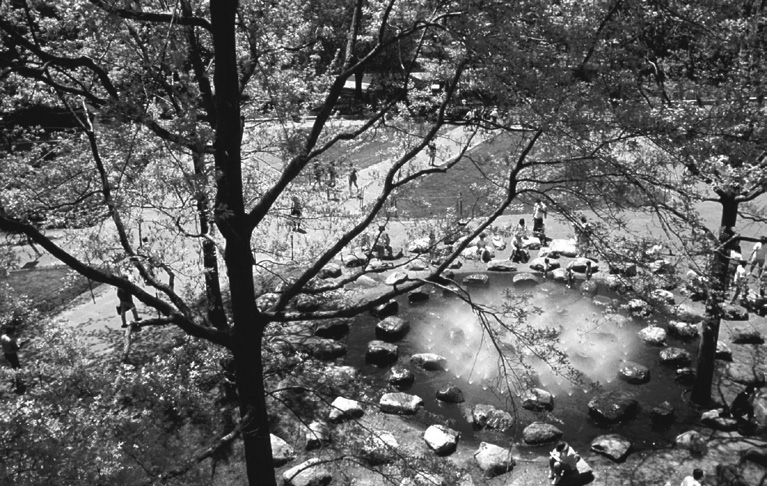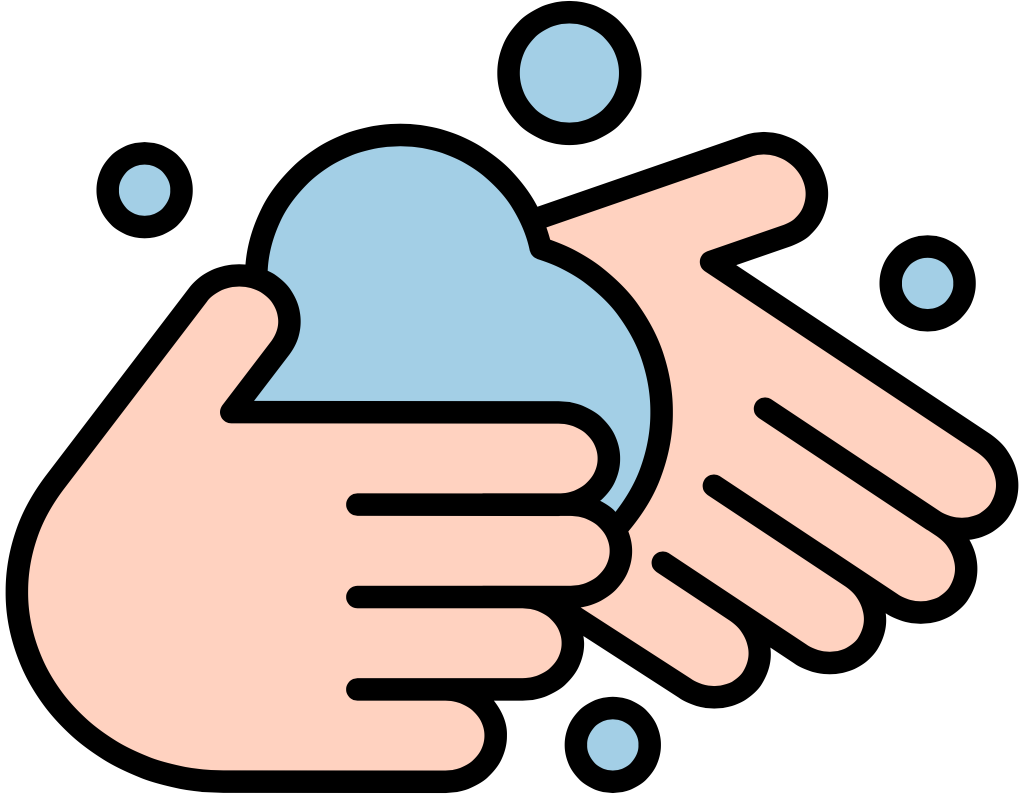Downloads
DOI:
https://doi.org/10.51588/eaaeacp.65Keywords:
architectural education, architectural creativity, creativity, meditative spaces, neuroscience of creativity, restorative environmentsAbstract
Creativity is a mental process, and cognitive psychology has focused on this subject, especially in the last century. While neuroscience concentrates on creative processes; new data emerges. When we consider architectural production as a creative process, the "free association REST thinking mode" focuses on the principle of free circulating thought, allowing relaxation and free-thinking to lead to new connections (creative moments) in the brain. The paper aims to focus on how spaces affect the creative process in case of architectural education, production, and creation. If REST mode — as relaxation, meditation, and awareness — supports the process of creation, how do restorative (calming, meditative) spaces and environments affect this process as well? With this approach, students will be questioned with quantitative methods to collect data about the effects of faculty and meditative environments on the creative process.
How to Cite
Published
Issue
Section
License
Copyright (c) 2020 Beste Sabir

This work is licensed under a Creative Commons Attribution 4.0 International License.
References
Andreasen, N. (2006). The Creative Brain: The Science of Genius. Plume.
Bohm, D. (1998). On Creativity. Routledge.
Csikszentmihalyi, M. (1996). Creativity: The Psychology of Discovery and Invention. New York: Harper Collins.
Csikszentmihalyi, M. (2013). Creativity: Flow and The Psychology of Discovery and Invention. Harper Perennial.
DeBono, E. (1993). Serious Creativity: Using the Power of Lateral Thinking to Create New Ideas. London: Harper Collins Publishers.
Demirbaş, O., Demirkan, H. (2000). Privacy dimensions: a case study in the interior architecture design studio. Journal of Environmental Psychology, 20, (1), 53–64.
Freeman, J. (1971). Creativity: A Selective Review of Research, Society for Research into Higher Education Ltd, pp.41.
Guilford, J. P. (1950). Creativity. American Psychologist, 5(9), 444–454.
Hasırcı, D. (2000). The Effects of the Design and Organization of Learning Environments on Creativity: The Case of Two Sixth Grade Art-Rooms. MFA Thesis. Bilkent University.
Kaplan, R., Kaplan, S., Ryan, R (1998). With people in mind: Design and management of everyday nature. Washington, D.C.: Island Press.
Kaufman, S., Gregoire, C. (2015). Wired to Create: Unravelling the Mysteries of the Creative Mind. TarcherPerigee.
Koestler, A. (1964). The Act of Creation. New York: Macmillan.
Mallgrave, H.F. (2011). The Architect’s Brain: Neuroscience, Creativity, And Architecture. Wiley-Blackwell.
Parnes, J. (1963). Education and Creativity, Teachers College Record, vol64, 1963, pp. 331–339.
Portillo, M. (1996). Uncovering implicit theories of creativity in beginning design students. Journal of Interior Design, 22(2), 16–24.
Potur, A., Barkul, A. (2006). Creative Thinking in Architectural Design Education, 1st International CIB Endorsed METU Postgraduate Conference Built Environment & Information Technologies, Ankara.
Runco, M. (2014). Creativity: Theories and Themes: Research, Development, and Practice. Academiz Press.





